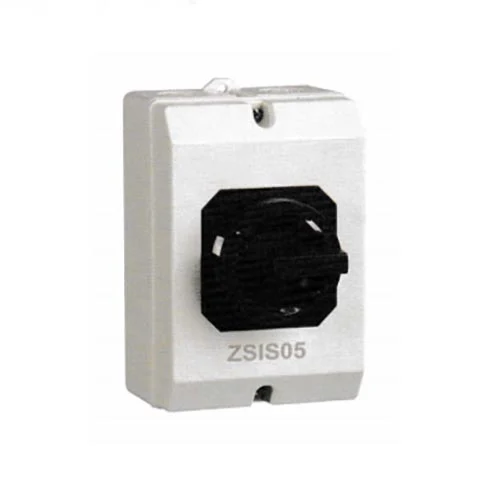What is the difference between a breaker and an isolation switch?
A breaker and an isolation switch serve different purposes in electrical systems, and they differ in their functions and applications:
Breaker:
A breaker, also known as a circuit breaker, is a protective device used in electrical systems to automatically interrupt the flow of electricity in the event of an overload, short circuit, or other electrical fault.
Breakers come in various types, including miniature circuit breakers (MCBs), molded case circuit breakers (MCCBs), and residual current circuit breakers (RCCBs), each designed for specific applications and current ratings.
When an abnormal electrical condition occurs, such as excessive current flow, the breaker trips and opens the circuit to stop the flow of electricity, thereby protecting electrical equipment and preventing electrical fires or hazards.
Breakers can be reset manually (in the case of MCBs and MCCBs) or automatically (in the case of some RCCBs) after tripping, restoring power to the circuit once the fault condition has been resolved.
Isolation Switch:
An isolation switch, also known as an isolator or disconnect switch, is a mechanical switch used to physically isolate an electrical circuit or equipment from its power source for maintenance, repair, or safety purposes.
Isolation switches are typically used to de-energize electrical circuits or equipment before performing maintenance work, ensuring that no electrical power is present and reducing the risk of electric shock or accidental energization.
Unlike breakers, isolation switches do not provide protection against overloads, short circuits, or electrical faults. Instead, they are solely intended for isolating electrical equipment from its power source.
Isolation switches are usually operated manually, with a lever, handle, or knob that allows the switch to be turned on or off. Some isolation switches may also be lockable to prevent unauthorized operation.
In summary, while both breakers and isolation switches are important components of electrical systems, they serve different functions:
Breakers protect electrical circuits and equipment by automatically interrupting the flow of electricity in response to electrical faults.
Isolation switches physically isolate electrical circuits or equipment from their power sources for maintenance, repair, or safety purposes, but they do not provide protection against electrical faults.




